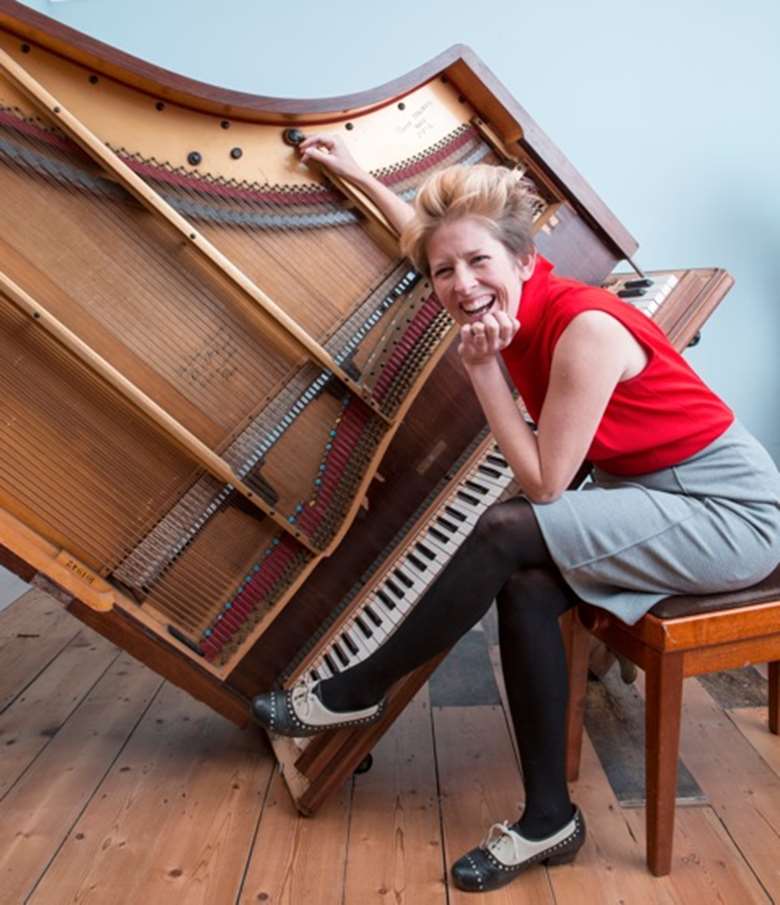Unleashing the piano’s full potential
Sarah Nicolls
Tuesday, March 17, 2020
Sarah Nicolls on the only piano in the world where the player can play every part of every string

Register now to continue reading
Thanks for exploring the Gramophone website. Sign up for a free account today to enjoy the following benefits:
- Free access to 3 subscriber-only articles per month
- Unlimited access to our news, podcasts and awards pages
- Free weekly email newsletter








